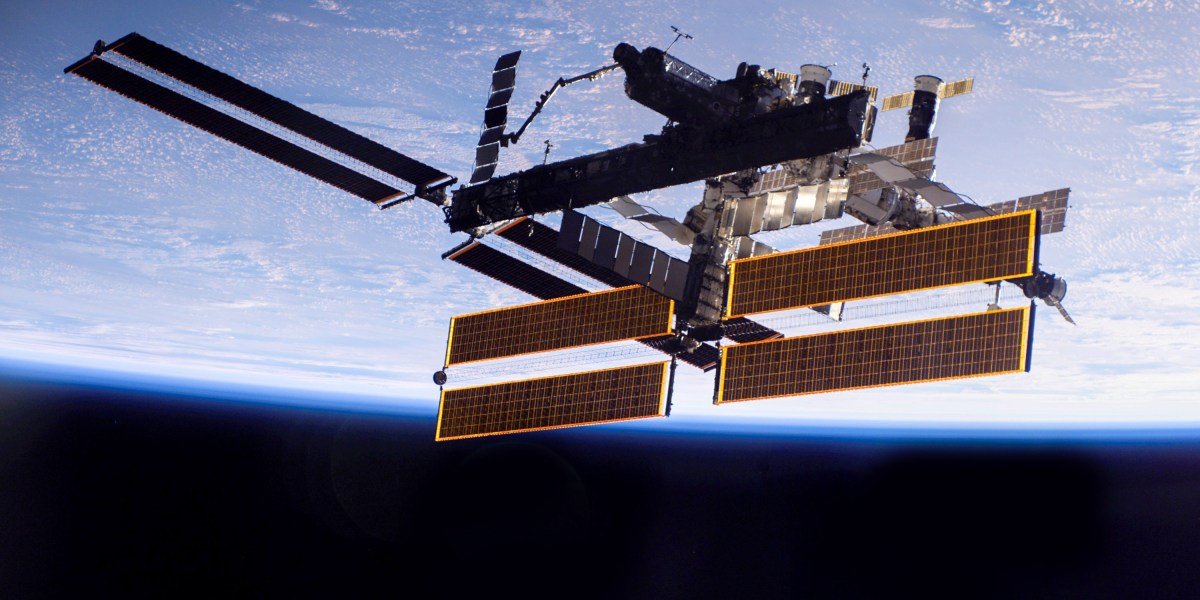sigh
Looks like the article is paywalled… anyone got a mirror?
This is the best summary I could come up with:
Goldin had made more than 100 phone calls in the day and a half before the vote, hoping to sway lawmakers to endorse the station, which he saw as critical for studying biomedicine, electronics, materials engineering, and the human body in a completely alien environment: microgravity.
This will involve a “deorbit vehicle” docking with the ISS, which is the size of a football field (including end zones), and firing thrusters so that the station, which circles the Earth at five miles per second, slams down squarely in the middle of the Pacific Ocean, avoiding land, injury, and the loss of human life.
President John F. Kennedy committed the nation to landing a man on the moon and returning him safely to Earth “before this decade is out.” It was an outrageously ambitious goal, given that NASA had only managed to launch a human to space three weeks earlier.
Suspended from the wall above, large, low-fidelity models of spacecraft hung from the ceiling, including the X-38 (an experimental emergency return vehicle for space station crew) and Zvezda, the Russian module of the ISS, which today is plagued by age-induced stress fractures and consequent leaks.
Wagner, Birge, and their team at LambdaVision had an idea for something that might help: a simple, flexible implant, about as big as the circle stamped out by a hole punch and the thickness of a piece of construction paper, that could replace the damaged light-sensing cells and restore full vision.
As Wagner learned, researchers have found immediate gains on the space station today in everything from development of more effective vaccines (gravity on Earth harms the interaction of antigens and adjuvants) to higher-grade drug formulations and nanoparticle suspensions.
The original article contains 6,108 words, the summary contains 282 words. Saved 95%. I’m a bot and I’m open source!



